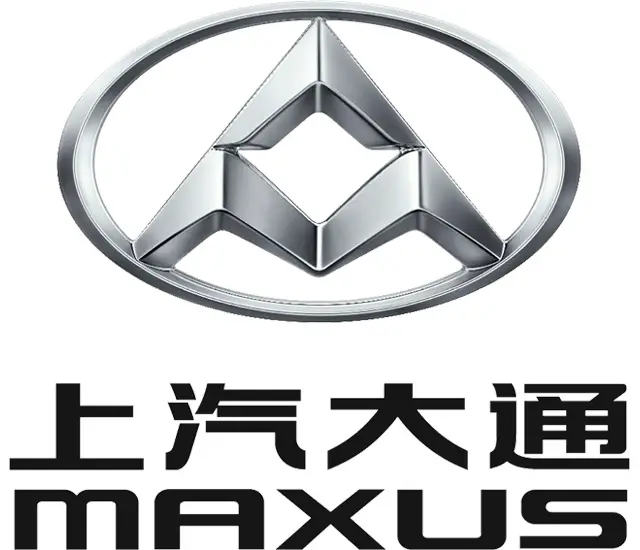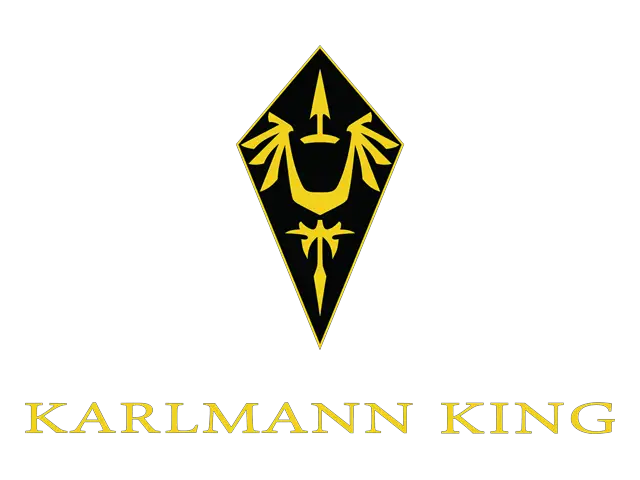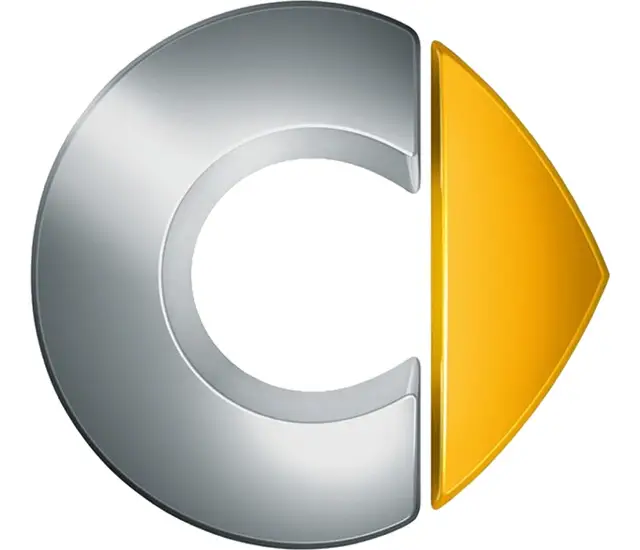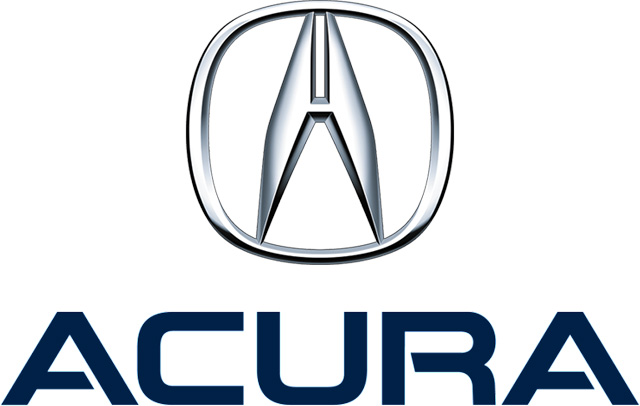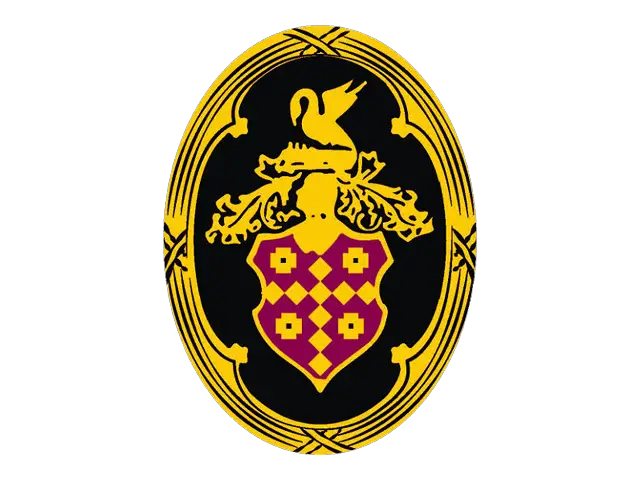honda Logo - History, Design, and Meaning

Company Overview
Honda's logo, a symbol of Honda Motor Company's 'Power of Dreams,' can be registered in the Guinness Book of Records as the most conservative logo. It has remained unchanged throughout the company's history, reflecting Honda's commitment to consistency and quality. This stability is a result of various factors tied to the brand's ideology, making it the most stable logo of the 20th century.
Key Information
- Founded: 1948
- Founder(s): Soichiro Honda
- Headquarters: Minato, Tokyo, Japan
honda Logo Meaning and History

The brand was founded by Soichiro Honda in 1946 to build engines for motorized bicycles and complete motorcycles, marking the beginning of the Honda wing logo's journey. The independent motor-making company emerged in 1948, and in 1962, they began producing cars, including the Honda Civic. The first automobile, a small pick-up truck for commercial purposes, featured the Honda logo on the hood, showcasing the brand's initial logo. The second production car was a sports car styled as a 2-door roadster.
Soichiro Honda, the brand's founder, was a talented engineer who quit school at 16 and did not pursue further education. Despite lacking formal education, he learned extensively in car workshops and opened his own auto-repair shop by the age of 20.
What font is used on the Honda logo?
The bold and solid Honda logotype, which can be seen on vehicles such as the Honda Civic and other Honda cars, is executed in a strong serif typeface with thick lines and strict contours. It is a custom font, which is very similar to Colt Family fonts and Clarendon Bold. The main feature of the lettering is in the massive serifs, which still look elegant and add sharpness to the wordmark, reflecting the new logo's design philosophy.

The first badge for Honda Auto was created in 1961 and remained with the brand for eight years. It was a dark burgundy rectangular logo with two light blue, almost white, elements. The upper part of the badge featured a massive stylized letter 'H' with its vertical bars drawn diagonally from the center, a precursor to the Acura division's emblem. The emblem was set above an uppercase logotype in a delicate traditional serif typeface with full shapes and clean contours.

The badge was first redesigned in 1969, retaining the emblem as the sole element of the visual identity and removing the logotype. The style and shape of the Honda logo were altered, with the rectangle placed vertically and the letter 'H' changed to a narrow and tall form. The color palette was also redesigned, switching from burgundy and blue to monochrome, featuring a white 'H' on a solid black background.

The redesign in 1981 refined the logo's lines and introduced a reverse color palette, with a black 'H' on a white background. The contours of the letter were cleaned, and the new badge featured a more square shape with rounded angles and thick black framing. The emblem was now set above an enlarged black logotype in uppercase, executed in a strong bold serif typeface with thick geometric contours and massive square serifs.

Volume and color were added to the Honda visual identity in 2000. The emblem was redrawn, and the letter 'H' had its lines elongated to touch the frame. The emblem transitioned from monochrome to gradient metallic gray, with a matte sleek surface. The logotype turned red, with thinner and more elegant lines, and the letters were resized for better balance.

The logo features a simple yet iconic design, distinguished by its minimalist aesthetic that is instantly recognizable worldwide. The emblem consists of a bold uppercase 'H' starkly presented in black against a white background. The 'H' is stylized with distinctive features: the vertical bars are slightly wider at the top than at the bottom, creating an optical effect that conveys a sense of grounding and stability. The crossbar connects the two verticals slightly above their center, lending an asymmetrical balance to the design, which imparts dynamic tension, as if the letter is in motion.
The overall silhouette of the 'H' is housed within a square with soft, rounded corners, enhancing the logo's approachable and modern aesthetic. The absence of additional ornamentation or text allows the emblem to convey its message with clean efficiency, reflective of the brand's focus on precision engineering and forward-thinking technology.
The logo encapsulates the essence of the brand it represents, known for manufacturing vehicles and machinery. It communicates values of strength and reliability, with the sturdy construction of the letter symbolizing durability, while the black color suggests sophistication and elegance.

Lastly, the logo embodies a timeless quality, balancing tradition and modernity. It suggests that the brand it represents is rooted in a rich history of craftsmanship and industrial success, yet always looks to the future with its design and innovation. The emblem is more than just a letter; it's a statement of quality and assurance, a badge signifying a legacy of trust and a promise of continued excellence.
In the late 1940s, company founder Soichiro Honda started a small business making piston rings, but within a year, he was building the first affordable mopeds. The first 'real' Honda motorcycle was introduced in 1949, just three years after the registration of the 'Honda Institute for Technical Research' and one year after the founding of the Honda Motor Company. The inexpensive outboard power units for bicycles and reliable mopeds with simple motors proved extremely popular, paving the way for the 'adult' motorcycle.
From a young age, Soichiro Honda was driven by a passion for designing cars and motorcycles. His genius came to the forefront in the 1960s, during the company's peak when Honda motorcycles began winning awards on race tracks. Active production of Honda motorcycles started in '82, and since then, the company has been producing 3,000,000 units annually. Honda is rightfully considered one of the most popular brands globally, alongside Suzuki, Kawasaki, and Yamaha.









Today, Honda is a recognized leader in the motorcycle industry, producing the most advanced two-wheeled vehicles.

For a long time, it was believed that Honda didn't have a logo in its first twenty years. However, even a brief overview reveals a stylized 'H' on all products. This symbol is clearly significant, though many people don't realize it. Besides referencing the founder's surname's first letter, the logo signifies comfort and safety with its shape resembling a classic armchair. The first Honda motorbikes were associated with a comfortable seat, even being called 'stools' due to their comfort for drivers.
Honda's modern emblem concept was created relatively late, in the 1960s. Before that, the logo appeared as a blurry image on the hood, covering almost the entire surface.
Soichiro Honda's extensive practical knowledge made him not only a professional engineer but also a renowned inventor. He was the first to create and use a piston ring.

By the mid-1960s, due to the car industry's growth and export marketing, the emblem became smaller and took the traditional position at the top of the radiator grille. These size changes occurred several times and represented the most significant logo transformations.
The stylized capital 'H' design influenced the print. It is characterized by the absence of decorative details and a minimalist design bordering on austerity. The chrome coating of the logo's font adds prestige and value. The line width ensures it stands out clearly against the background.

Overall, the logo always includes text. Typically, it features the lettering 'HONDA,' placed below the graphic element.
What is Honda?
Honda is one of the largest Japanese companies, which is engaged in many spheres and industries but is most known internationally for its cars and motorcycles directions. The automobiles and bikes of the brand are considered to be one of the best representatives of Asian brands and are distributed all over the globe.
